Type of knitted lining
The “bonding seam†of the adhesive lining simplifies the modern garment processing technology, and the efficiency of industrialized large-scale production has been unprecedentedly improved. Knitted lining is a kind of adhesive lining. It not only gives the garment a good shape, but also makes the garment more light, thin, soft, quite, elastic and comfortable. It gives the garment a beautiful and aesthetic character, which just embodies people. Personality requirements for modern clothing styles.
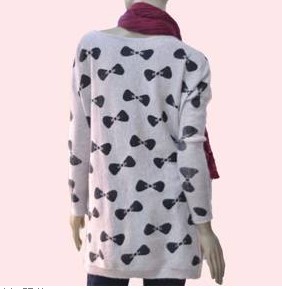
Knitwear
The knitted lining is a bonded lining which is processed by a hot melt adhesive coating based on a knitted fabric. The knitted lining is warp-knitted and weft-knitted. The warp-knitted lining is mainly composed of weft-inserted warp-knitted lining. Its performance is similar to that of woven lining. It has good followability and good drapability.
The knit lining is an adhesive lining and is a permanent adhesive lining that is an important part of the 4th generation lining (nonwoven and woven lining) and the 5th generation lining (modified lining). Due to the characteristics of knitted fabrics, the knitted lining becomes a special lining for knitting fabrics which is different from the general adhesive lining. It is mainly used for the front body, collar, sill, cuffs, hem and pocket of knitted outerwear and the waist of hakama. , the mouth (fixed part of the zipper), the foot (hem) and other parts, for local bonding, to strengthen, shape, shape and so on.
Knitted linings can be divided into different types according to different division methods. According to the formation of knitted lining fabric, it can be divided into: warp lining, weft lining, non-woven and stitch lining. According to the performance of knitted lining fabric, it can be divided into: high elastic lining, low elastic lining, four-directional elastic lining, high-supporting high-vision lining. According to the use parts of the knit lining can be divided into: large body lining, collar lining, lining lining, hem lining, cuff lining, pocket lining, waist lining, lining, lining and so on.
Knitted lining
Knitwear, especially knitwear, has many differences from garments that use woven fabrics. The most important feature of knitted fabrics for knitted outerwear is multi-directional elongation. Because whether it is a natural fiber fabric or a chemical fiber fabric or other interwoven fabric, the stretchability of the knitted fabric is very obvious because it is a coil string. Therefore, the selection and use of a lining similar to or the same as that of a knitted fabric is the preferred condition for a knitted outer garment (clothing).
However, the lining cloth with the same stretch characteristics as the knitted fabric should not only consider the stiffness of the knitted fabric after bonding, but also requires the use of a tissue different from the stretch of the knitted fabric when it is necessary to fix and reinforce the design. A relatively stable knit lining that controls the movement of its fabric. For example, the collar and cuffs of a knit loose suit are more effective with a woven or non-woven lining that is not easily stretchable. According to the design purpose of the knitted garment and the characteristics of the garment fabric, it is a key to distinguish the knitting lining. The selected adhesive linings are different, and the performance of the knitted fabric after bonding is also different. Care must be taken when selecting linings to make these careful changes. Therefore, in the case of using a knitted lining, it is necessary to select a suitable (correct) lining cloth in the case where the characteristics of the knitted fabric and the knitted outer garment are clearly understood.
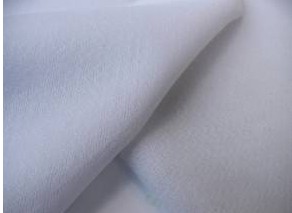
Knitted lining
Dress shoes is a shoe to be worn at smart casual or more formal events. A dress shoe is typically contrasted to an athletic shoe.
Dress shoes are worn by many as their standard daily shoes, and are widely used in dance, for parties, and for special occasions.
Kids Dress Shoes are also called ladies shoes or doll shoes. It is literally pure, cute and sweet. This style of shoes is mostly flat and wedge shoes. There are few high-heeled shoes. Princess shoes emphasize Simple, feminine, so the color is more than beige, khaki, pink and other soft colors, the toe style is generally round head, on the popular elements, decorated with bows and flowers, highlighting the sweet style.

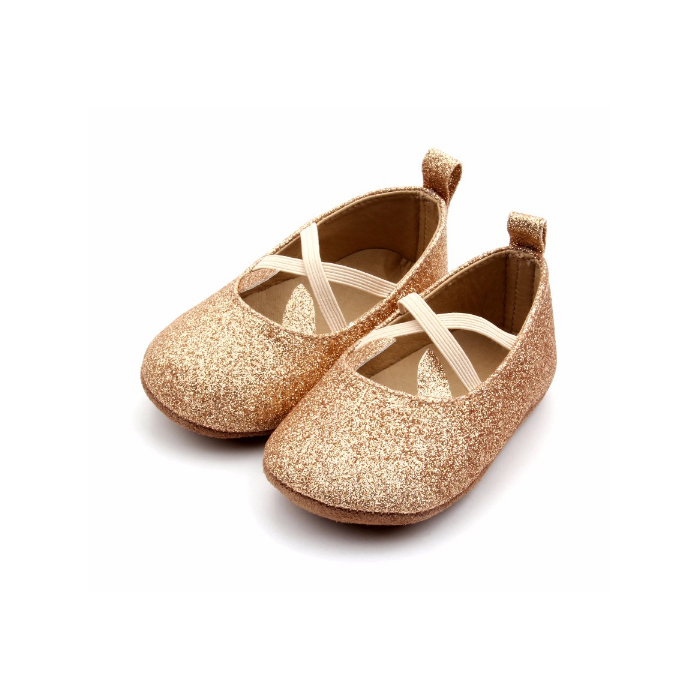
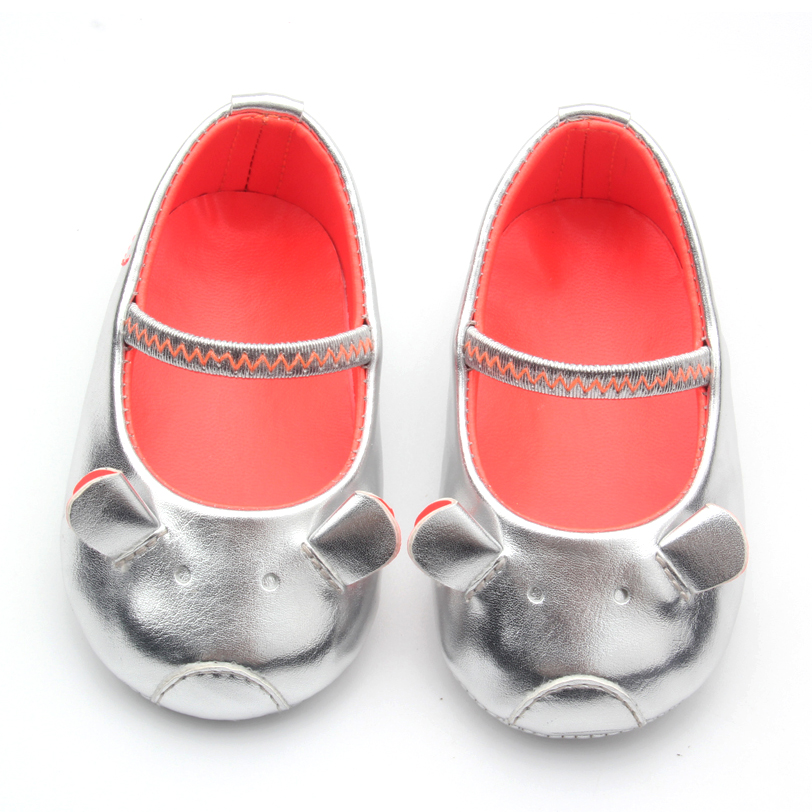
Genuine Leather Kids Dress Sizes
Mostly sizes we make for Kids Dress Sizes shoes are in 0-6month, 6-12month, 12-18month, 18-24month, and we also use hard rubber sole for Kids Moccasins in larger sizes beyond 2 years old,

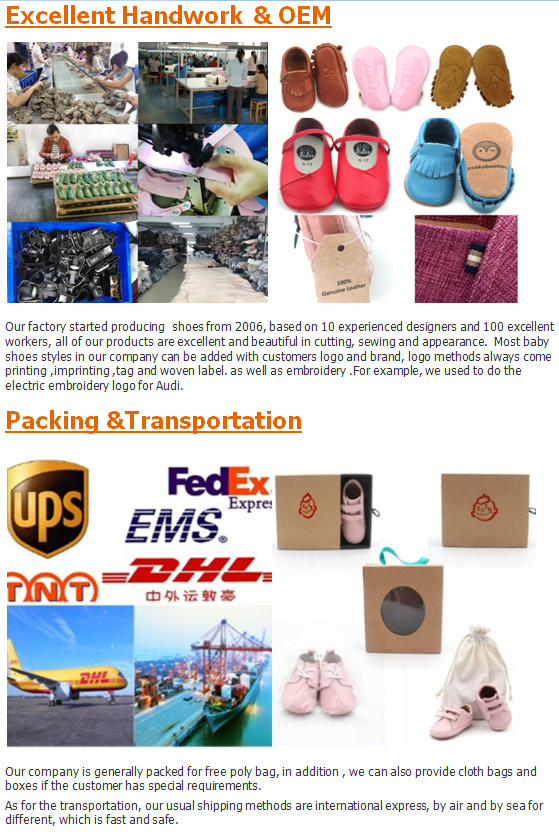
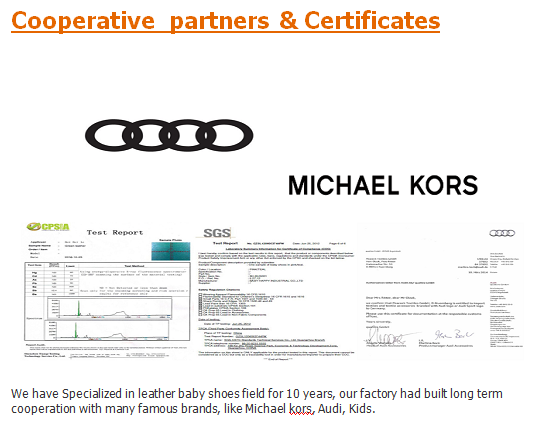
Kids Dress Shoes
Kids Dress Shoes,Fancy Kids Dress Shoes,Baby Girl Shoes,Soft Leather Kids Dress Shoes
Shenzhen Baby Happy Industrial Co.,LTD , http://www.babyshoes.cc